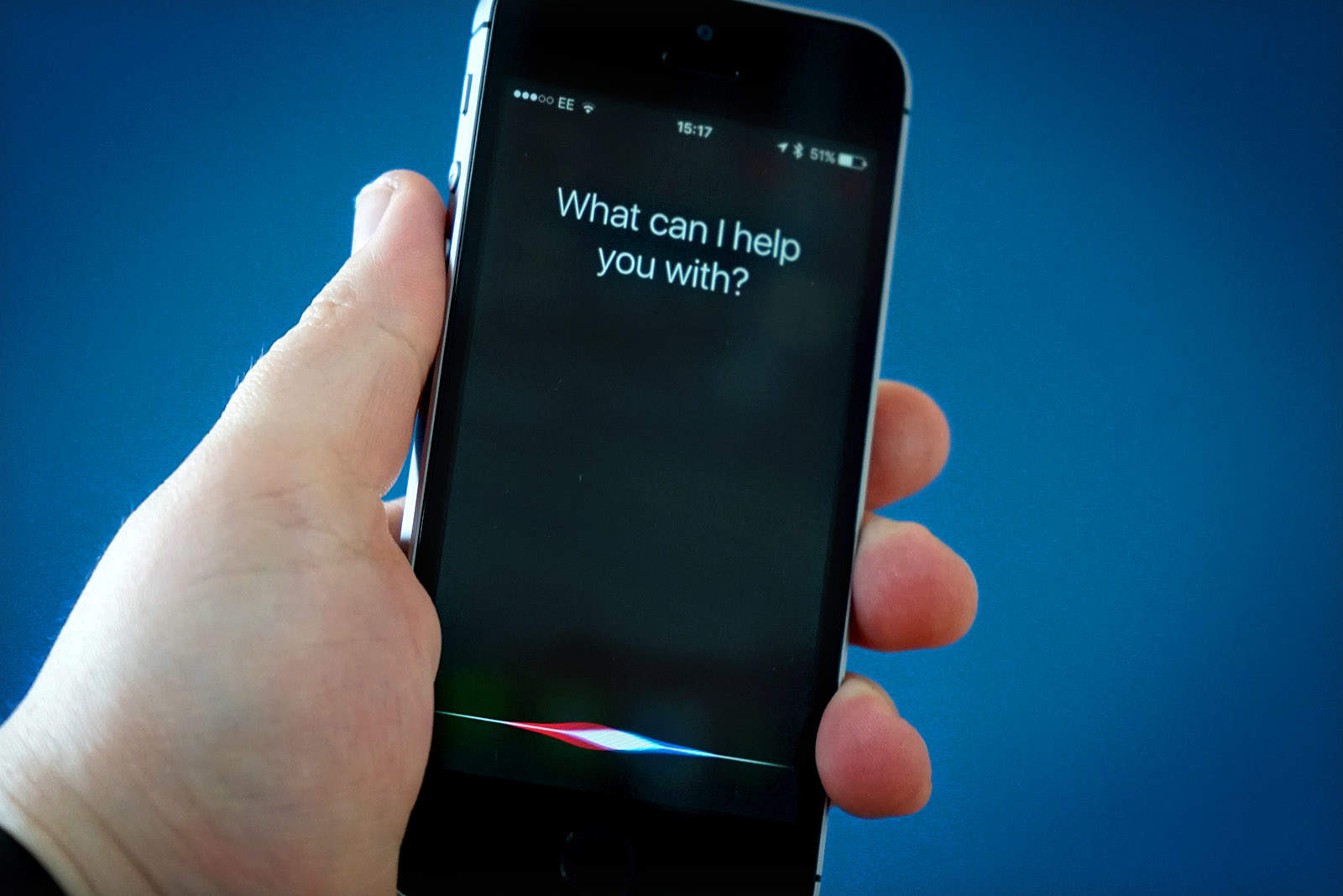 October 4, 2011: With the unveiling of the iPhone 4s, Apple introduces the world to Siri.
October 4, 2011: With the unveiling of the iPhone 4s, Apple introduces the world to Siri.
A groundbreaking example of artificial intelligence in action, Siri’s debut fulfills a long-term dream at Apple. In fact, the company first predicted such a feature in the 1980s — with the Siri launch coming at almost the exact month Apple envisioned.
Siri launch: An ’80s AI dream
Siri was one of the last projects Apple co-founder Steve Jobs was heavily involved with at the company as his health worsened. However, the intelligent voice assistant’s origins trace back to a 1980s Apple R&D initiative that took place after Jobs left the company in 1985.
In the late-1980s, Apple CEO John Sculley commissioned Star Wars director George Lucas to create a concept video for what he called the “Knowledge Navigator.” The futuristic video, set with remarkable prescience in September 2011, laid out a series of possible uses for a smart assistant. In one, a university professor uses an iPad-like device featuring an on-screen AI assistant, depicted as a bowtie-wearing butler.
“Today you have a faculty lunch at 12 o’clock; you need to take Cathy to the airport by 2 p.m.; you have a lecture at 4:15 p.m. on deforestation in the Amazon rainforest,” the prototype bot tells the professor.
DARPA’s AI assistant
At the time, the technology was nowhere near ready for public release. It would stay that way until 2003, when U.S. military think tank Defense Advanced Research Projects Agency began working on an AI assistant. DARPA dreamed of a smart system that would help military commanders deal with the overwhelming amount of data they receive on a daily basis.
To bring this system to life, DARPA approached SRI International about creating a five-year, 500-person investigation. At the time, it was the largest AI project in history.
DARPA called its project CALO (short for Cognitive Assistant that Learns and Organizes). The name was inspired by the Latin word calonis, meaning “soldier’s servant.”
‘Your grip feels weak’
After a half-decade of research, SRI International decided to spin off a startup called “Siri” (a phonetic version of the company’s name). Siri launched in the App Store in early 2010, connected to a variety of web services. It could order taxis through TaxiMagic, and pull concert data from StubHub, movie reviews from Rotten Tomatoes or restaurant data from Yelp.
It was also amusingly potty-mouthed, with liberal use of the F-bomb and a range of sarcastic responses. Ask it for the nearest gym, for example, and Siri would quip, “Yeah, your grip feels weak.”
Apple acquires Siri in 2010
Apple acquired Siri in April 2010 for an amount reportedly in the vicinity of $200 million. The company immediately started working out how to bake Siri into the iPhone. And Jobs got hands-on about making the AI assistant user-friendly.
In some cases, this meant adding new abilities, such as spoken-word responses, which the original Siri app did not offer. (Voice actress Susan Bennett brought Siri to life, although she had no idea she would appear on an iPhone. She recorded the Siri voices back in 2005!) Siri also could pull data from other Apple apps.
In other cases, it meant dumbing down the service. For instance, Apple removed the capability for Siri to react to users’ written requests, limiting the AI assistant to voice interactions.
Siri launch is a big deal for Apple
Apple considered Siri’s debut on the iPhone 4s a big deal. Siri’s ability to field natural-language questions like “What is the weather today?” or “Find me a great Greek restaurant in Palo Alto” with accurate spoken responses was way ahead of what other companies like Google offered at the time.
Siri became the last behind-closed-doors product demo Jobs experienced at Apple before stepping down as CEO on August 24, 2011, just weeks before his death. During the demo, he tried to confuse Siri by asking, “Are you a man or a woman?” Siri’s answer — “I have not been assigned a gender, sir” — reportedly delighted him.
Siri debut shows AI is Apple’s next big thing
Today, deep-learning technology and other innovations make Siri far more accurate and functional than the version that shipped with the iPhone 4s. Siri’s arrival on the iPad, Mac, Apple Watch and other Apple devices shows how much emphasis Apple places on AI.
In the process, Siri — and its competitors — became less of a gimmick. The primary form factor for AI assistants also moved from smartphones to smart speakers like HomePod and Amazon’s ever-growing Echo lineup. These days, Apple often takes heat for Siri’s failures, even though the company continues to work on improving the world’s most well-known AI assistant. (Apple added a gender-neutral Siri voice in 2022.)
Do you use Siri today? More than a decade after the Siri launch, how do you think Apple’s AI assistant stacks up against rival services from companies like Google, Microsoft and Amazon? Leave your comments below.


